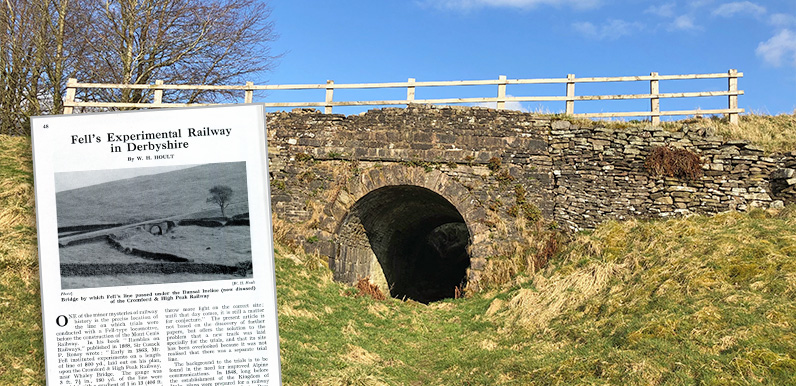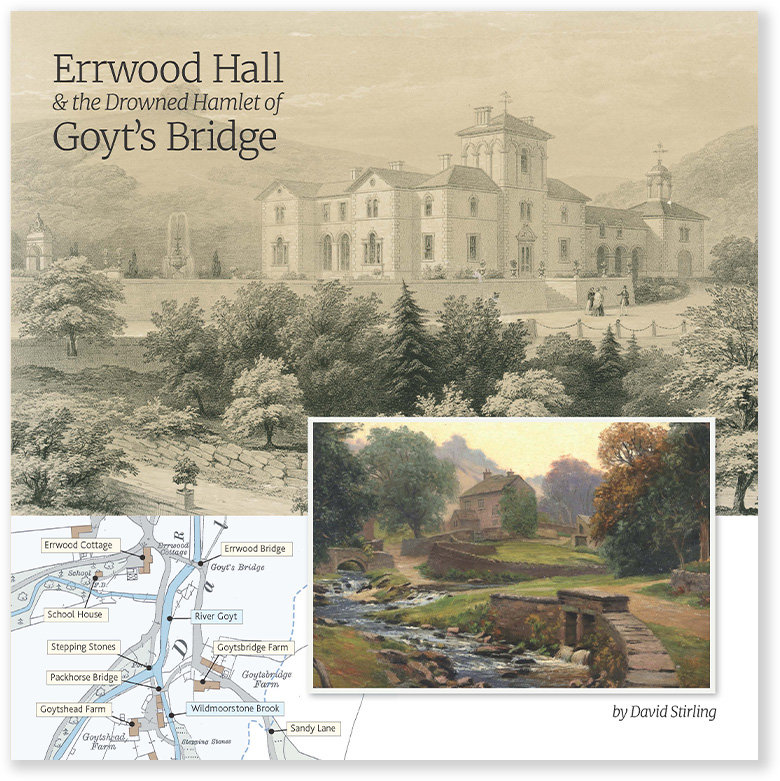Above: The route of Fell’s experimental railway has never been revealed by any archeological evidence, but many believe it ran through the tunnel underneath the Bunsal Incline.
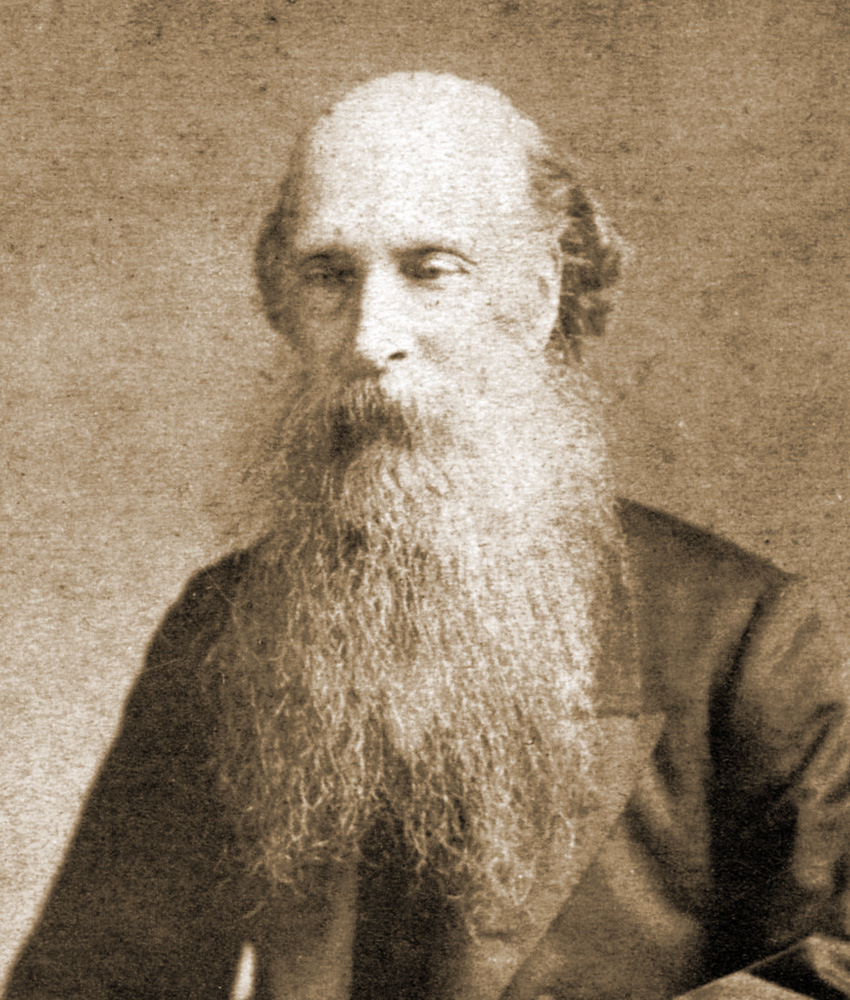
Above: Railway engineer and inventor, John Barroclough Fell.
I recently posted about the mysterious earthworks that start at the junction of Long Hill and Goyt’s Lane, and run for about a mile towards the Goyt Valley (view post). Various theories about their possible origin have been suggested.
One of the most intriguing was that it had been the site of an 1863 trial of a revolutionary steam engine that could ascend and descend far steeper slopes than ordinary trains.
This was the first I’d heard about Fell’s Experimental Railway. It used a third central rail that was gripped either side by two horizontally mounted drive wheels to increase traction and was the brainchild of railway engineer, John Barraclough Fell (1834-1902).
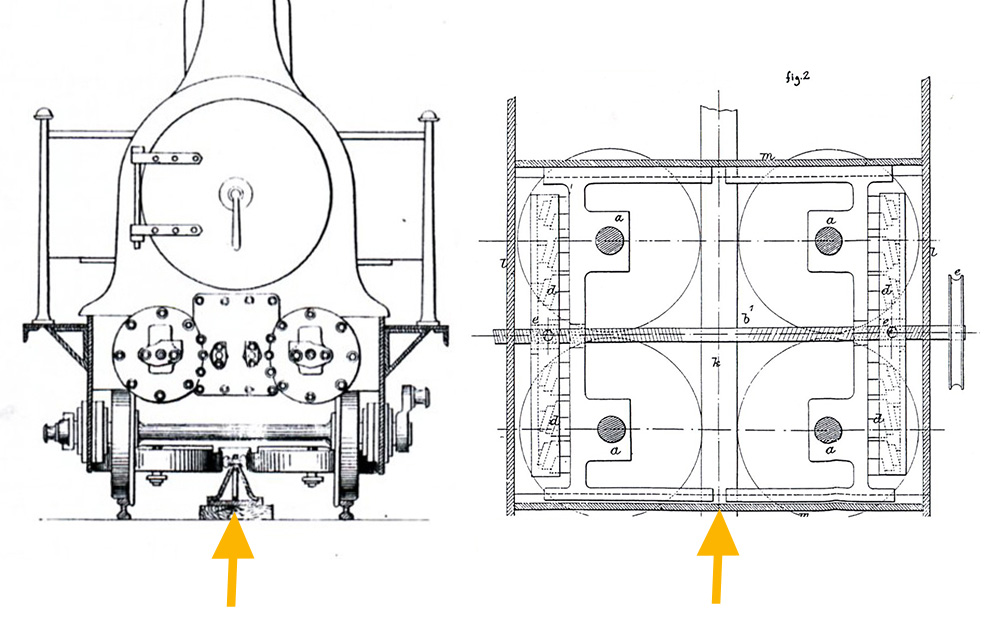
Above: The orange arrows show the additional rail which was set higher than the other two. This engine was a later experiment as it had a pair of horizontal wheels set either side of the central track, rather than just the one that Fell first used.
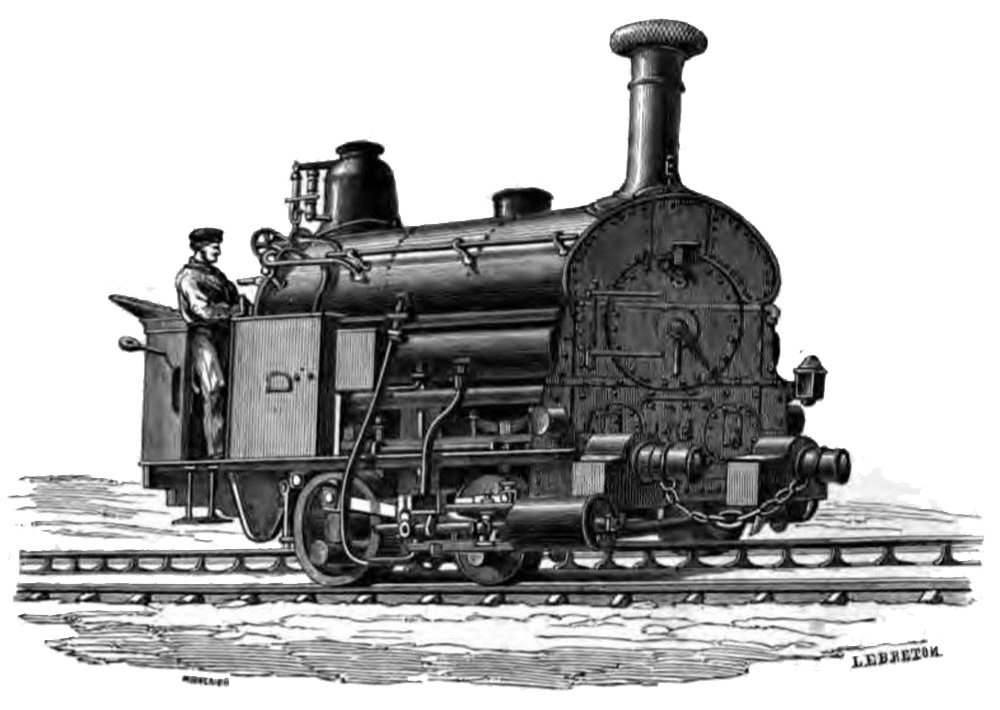
Above: Fell’s engine was called Alpine. The higher rail sits between the normal tracks.
The trials attracted considerable interest, including from both French and Italian engineers who were attempting to improve routes across the Alps. We know they were held somewhere in the Goyt Valley, but no archaeological evidence has ever been found. The only clues we have are these details in a book published in 1868:
Early in 1863, Mr Fell Instituted experiments on a length of line of 800 yd., laid out on his plan, upon the Cromford & High Peak Railway, near Whaley Bridge. The gauge was 3 ft. 7 1/2 in., 180 yd of the line were straight with a gradient of 1 in 13 (406 ft. in the mile); 150 yd. with a gradient of 1 in 12 (440 ft. in the mile); with curves of two chains and a-half each.
This description rules out the earthworks theory as the slopes aren’t steep enough, and there are no curves. The route most enthusiasts favour is one that starts opposite the small reservoir and car park on Goyt’s Lane, and drops down the moorland and through the small tunnel under the Bunsal Incline.
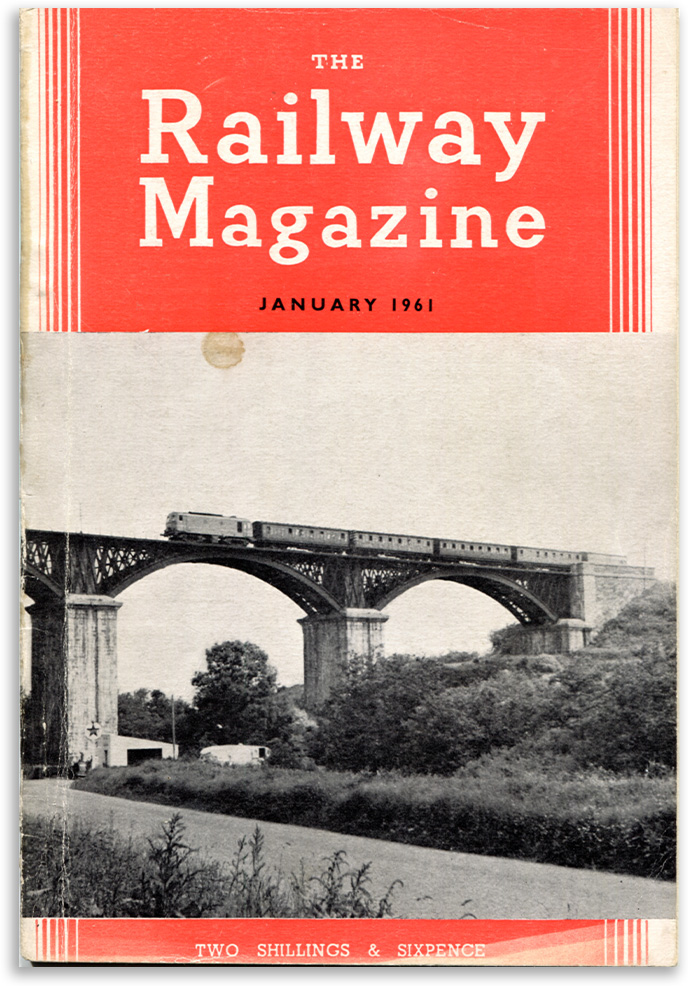
Above: The detailed description of the route is taken from a January 1961 issue of The Railway Magazine. Click here to open a pdf of the four-page article.
Above: The magazine article includes a map showing what the author believes to be the most likely route for the experimental railway. Click the Now button – or drag the green slider – to compare a map from the late 1890s with today’s satellite view.
An archeologist’s opinion
John Barnatt is the most widely respected authority on the archeology of the Goyt Valley (click to view his 1994 survey). He created a Derbyshire Historic Environment Record detailing the route through the tunnel (click to view). But he doesn’t seem convinced that it is the actual track…
The course of J.B. Fell’s experimental railway, in use between 1863 and 1865, used to test a train designed for a mountain railway to link Lyons and Milan. It was the earliest self-propelled mountain railway. Fell’s experimental engine, ‘The Alpine’, is referred to in ‘The Diary of John Warren of Whaley Bridge (24 August 1863). Fell called the track the Rockland Incline. There are no surface indication of this railway.
Documentary sources indicate that between 1863 and 1865 experiments were carried out by Mr Fell while designing the first alpine self propelled railway from Lyons to Milan. The site of this railway is unclear. There are no positive indications that a postulated course is correct. It seems unlikely to have existed here, as the hollow-ways are too narrow and/or uneven to have had a rail line laid along them.
An experimental incline was identified in 1994*. This incline is likely to be 19th century in date. It is a carefully built inline, with a flat bed and consistent gradient, thus almost certainly a railway feature. However, its design seems unlikely to fill Fell’s criteria for his experiments. Therefore this feature probably dates from immediately prior to the building of the main Cromford and High Peak Incline in the late 1820s.
*I’m assuming John is referring here to the earthworks at Longhill Farm.
So the jury is still out on exactly where Fell conducted his experiment. I’m no expert, but running it through the small tunnel doesn’t seem to make much sense, and the slope on the other side looks too steep.
Where is the evidence?
It is very strange that no archaelogical evidence has ever been found to show where it once ran. After all, there was no need to remove the foundations of the track – which must have been fairly deep to carry a steam locomotive weighing a few tons.
The magazine article provides more information on how Fell’s experiments helped launch the development of rack and pinion railways throughout Europe – particularly in the Alps.
It also mentions some of his other acheivments, including launching the first steamer on the English Lakes – on Windermere in 1851 – and building the first railway in the Papal States.

